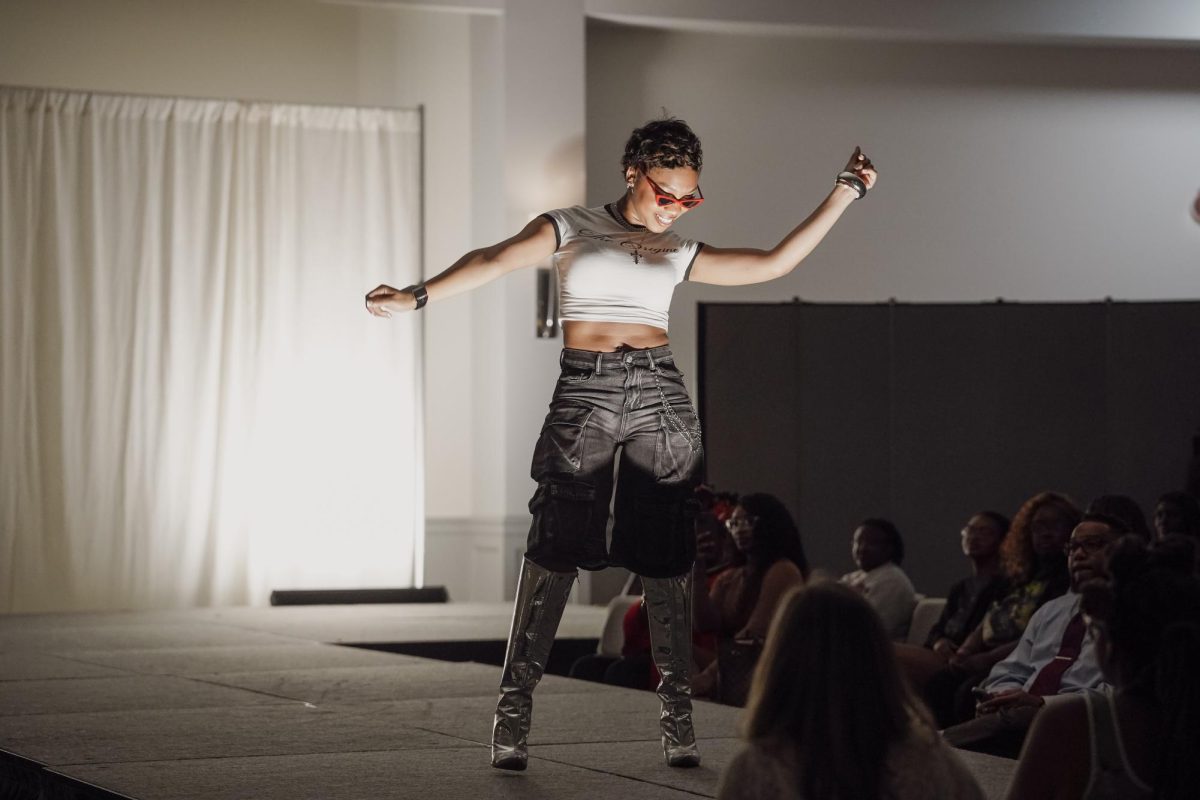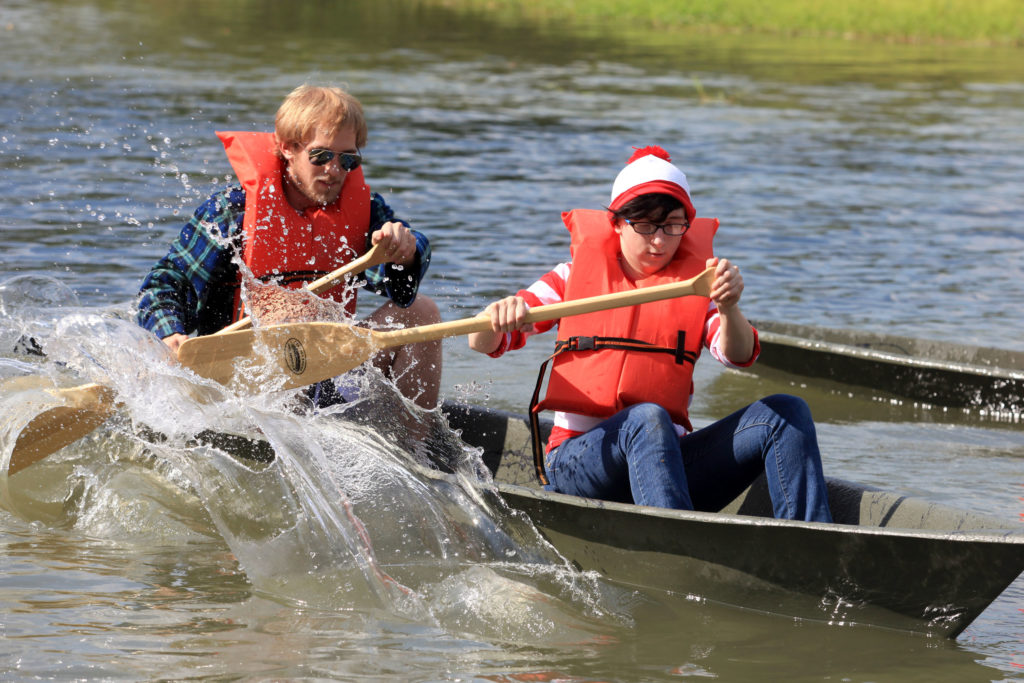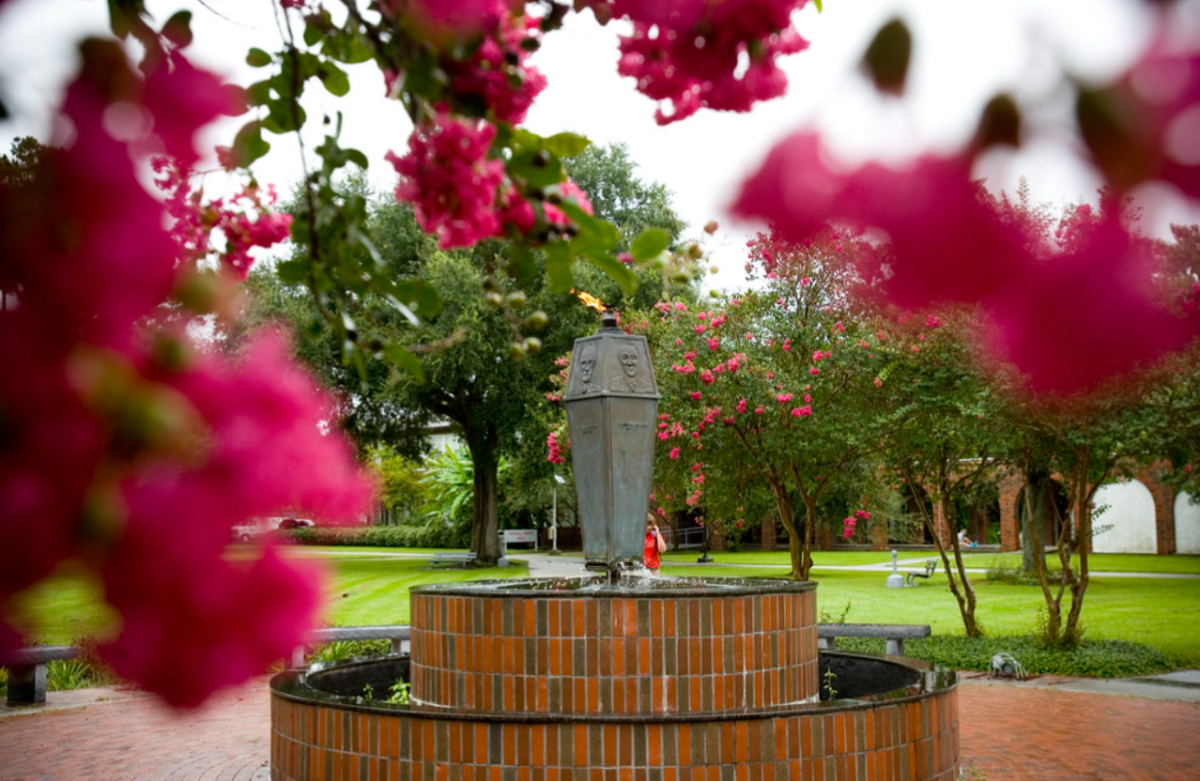Air quality tests were conducted by Duct Busters in Gouaux Hall Oct. 18, and in the reports the University received Nov. 7 it was confirmed that five rooms contained Stachybotrys Chartarum mold. Dr. John Green, professor of biological sciences, who was interviewed prior to Gouaux Hall being shut down, gave his thoughts on the report’s results.
“The problem that I thought existed does exist, and the University is taking immediate steps to correct the problem,” Green said.
Mike Davis, assistant vice president for business affairs for procurement and physical plant operations, said these molds and spores are naturally occurring in the atmosphere. During the air quality tests, readings may show mold, but those low readings are acceptable.
“In some of the rooms there was the presence of Stachybotrys Chartarum, and some concentrations that are considered above normal, and that need to be dealt with right away,” Davis said.
He said that of the rooms that were tested, rooms 101, 102, 301, 401 and 403 had above normal readings. Of these five rooms, two had the air-borne mold and three did not.
Green said he has been made aware of Duct Busters recommendations, and said he was even asked to give his own recommendations to help. Green said the decisions will be up to those people who work on the job.
“There are set procedures and standards that have to be followed, and they are going to have to follow that,” he said.
There are other molds involved in the problem besides the Stachybotrys Chartarum, but it was the one that showed up in all of the samples that were taken during testing, Green said.
He said the mold is a very common one, and that it may have been residing in the building. Tropical Storm Allison may have just provided environmental conditions that made it possible for the organism or organisms to establish themselves and flourish.
“The University has mobilized itself, and it’s called in experts trying to contact other people who solve these problems. It is trying to do whatever it can as quickly as possible, and of course trying to do this on an emergency basis,” Green said.
Davis said a meeting was called with the administration last Thursday, and that a plan of attack was put into action.
“That is why you saw Gouaux Hall closed this weekend. We needed to do some things in those five rooms that we felt we wanted to do immediately. The best thing to do was to shut the building down over the weekend, which gave us total access to the building,” he said.
Green expressed similar concerns dealing with the contaminated building.
“This is what we would call an emergency situation, and the University president has sort of declared it like we must attack this problem as quickly as possible, do whatever we can as quickly as possible and not endanger everyone,” he said.
Davis said the University hired Duct Busters to go into the building and treat all of the air ducts and air handling. He said there were two sets of operations that took place over the weekend.
Friday evening, a maintenance crew sealed off the rooms. They probed the sheet rock, and cut out and replaced the spots where mold was evident. The carpet on the walls was ripped off as well, he said.
“The crews never got off of work. That crew (Friday) worked the entire night,” Davis said.
Saturday morning, a custodial crew came in and cleaned the walls, ceiling, floor and desks with a chemical that kills mold and mildew, he said.
Davis said it is important to realize that the building does not just have one big air conditioning unit.
“There were five air handlers, each one assigned to one of those rooms. So, what we did was start with those five air handlers and all that duct work. The company went in, cleaned all the ducts out completely, and then we coated the interior of the duct work and also the air handlers with a coating that is designed to kill mold and mildew,” Davis said.
Green mentioned that this process will do a lot in getting the building into a healthy state again.
“If you take away the environment that the organism grows in, then you keep it under control until you attempt to reduce its population,” he said.
“It is going to take some time to do this, so they are going to work on the problem section by section, and this building is designed so that you can really isolate one section from another.”
Davis said the University is not anticipating having to shut the building down, but crews will continue to work nights and weekends until the problem is fixed.
“We started with those five rooms and the intention is to go throughout the entire building. We will treat every square inch of duct work and every air handler will be cleaned,” he said.
After the building is completely clean, the air quality specialist will be coming back to check once more for high levels of contamination, Davis said.
He said the University is taking care of the mold and mildew problem, but that the air conditioning units are also being looked at.
“We do have a humidity problem in the building and we have a mechanical engineer who we hired who is studying our air conditioning system right now. There will probably be some changes coming to the air conditioning system that will allow us to remove more moisture from the air,” Davis said.
As of now, Davis said he has not received any other complaints concerning the building.
“I haven’t spoken to anybody who has stated any complaints to me. I certainly have had conversations with Dr. Green regarding this, and his input was extremely helpful charting our path on how we want to go into the building,” he said.







